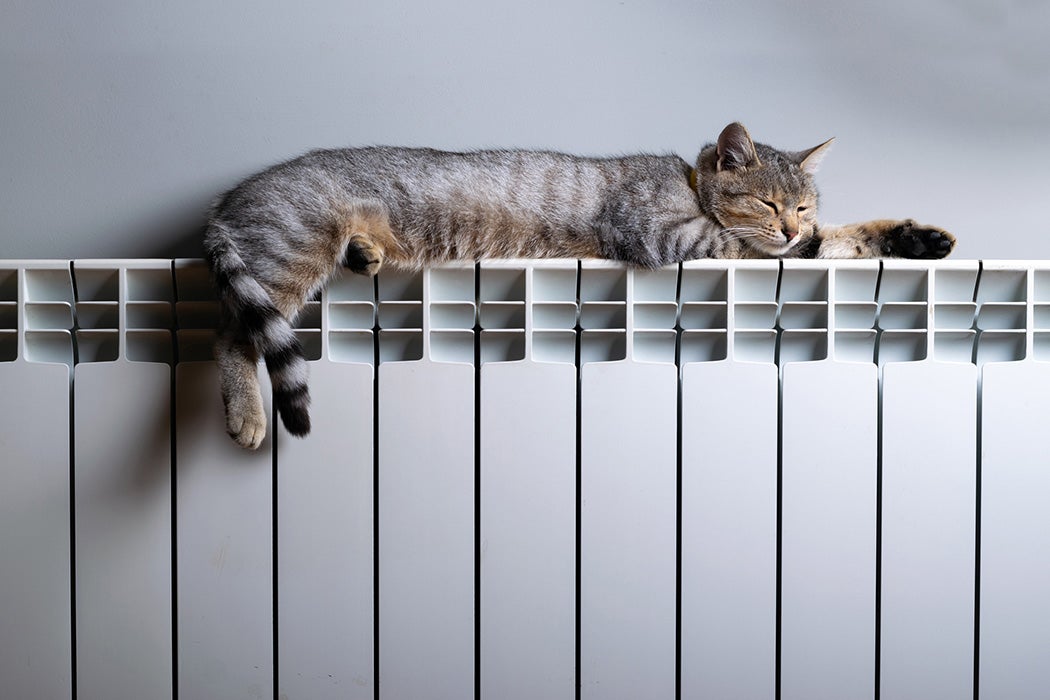As temperatures dip, heating use rises, and while it’s costly to your wallet, the energy used is also damaging to the planet. But there are increasingly more ways to heat your home sustainably. A study from Alan Pears explores different ways to approach sustainable, efficient winter heating.
Pears recommends a multi-pronged approach to designing the optimal heating system. First, he acknowledges that homeowners may have different goals, posing questions about how warm, or how cost-efficient, you want your home to be.
It is also important to consider what kind of home it is, and what it will require to heat it comfortably. “Some features that work well in one season can undermine comfort, amenity and energy use in other seasons. For example, fixed shading and wide eaves may improve summer comfort, but they can also block winter sun and light.”
There is no one size fits all solution, says Pears, but approaching heating from different angles can ensure an efficient heating system. “When thinking about heating options, it’s important to frame the issue as part of a bigger picture that includes a building, energy sources, heating and heat distribution equipment, control systems and people. This system aims to provide services that include comfort–often when different people in the space want different conditions.”
A study also published in the journal of Sanctuary: Modern Green Homes looks specifically at what systems may be a good fit. In this study, Lance Turner explores two leading options for sustainable warmth, hydronic heating and reverse-cycle air heating.
Hydronic heating uses radiators and pipes that are usually built into walls or floors. These systems move water, and therefore heat, between different areas of the home. A benefit of hydronic heating is that the systems tend to be placed below ground, and so can make the home feel even warmer than it actually is. Additionally, some hydronic heaters are set up in within systems of the home, so the entire home does not have to be heated at once, which is both efficient and economical. However, these heaters are expensive to install.
Weekly Newsletter
Reverse-cycle air conditioners, also known as heat pumps, operate by taking air outside the home and warming (or cooling) it as needed. This is the same process a refrigerator uses, except the air can be warmed as well as cooled. Heat pumps use less energy to create warm conditions than hydronic heating.
While these pumps are likely to be cheaper and more efficient for homeowners, writes Turner, it is hard to compare the two because of differences in how homes are designed. But Turner is in agreement with Pears, parting with similar advice: “Each home’s situation is different, so you need to evaluate the economics of the systems, based on your own particular circumstances.”







